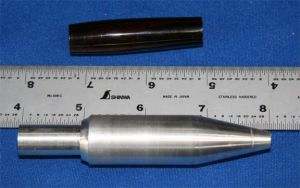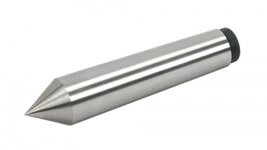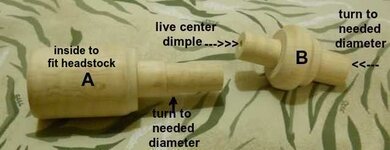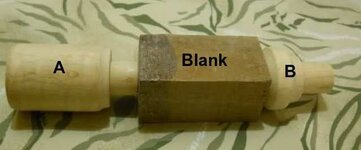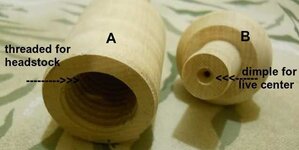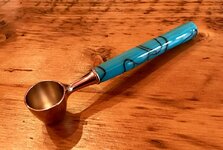Chasboy1
Member
Hi Folks, I've seen lots of recommendations of turning between centers.
This is not a problem for me if I'm using wood, but with acrylic I have to admit I'm a big lost. With a Shopsmith, I don't have a chuck or collet on the drive side. (I do have a Nova chuck on the way)
However, what would I do if I didn't get the Nova chuck?
This is not a problem for me if I'm using wood, but with acrylic I have to admit I'm a big lost. With a Shopsmith, I don't have a chuck or collet on the drive side. (I do have a Nova chuck on the way)
However, what would I do if I didn't get the Nova chuck?

